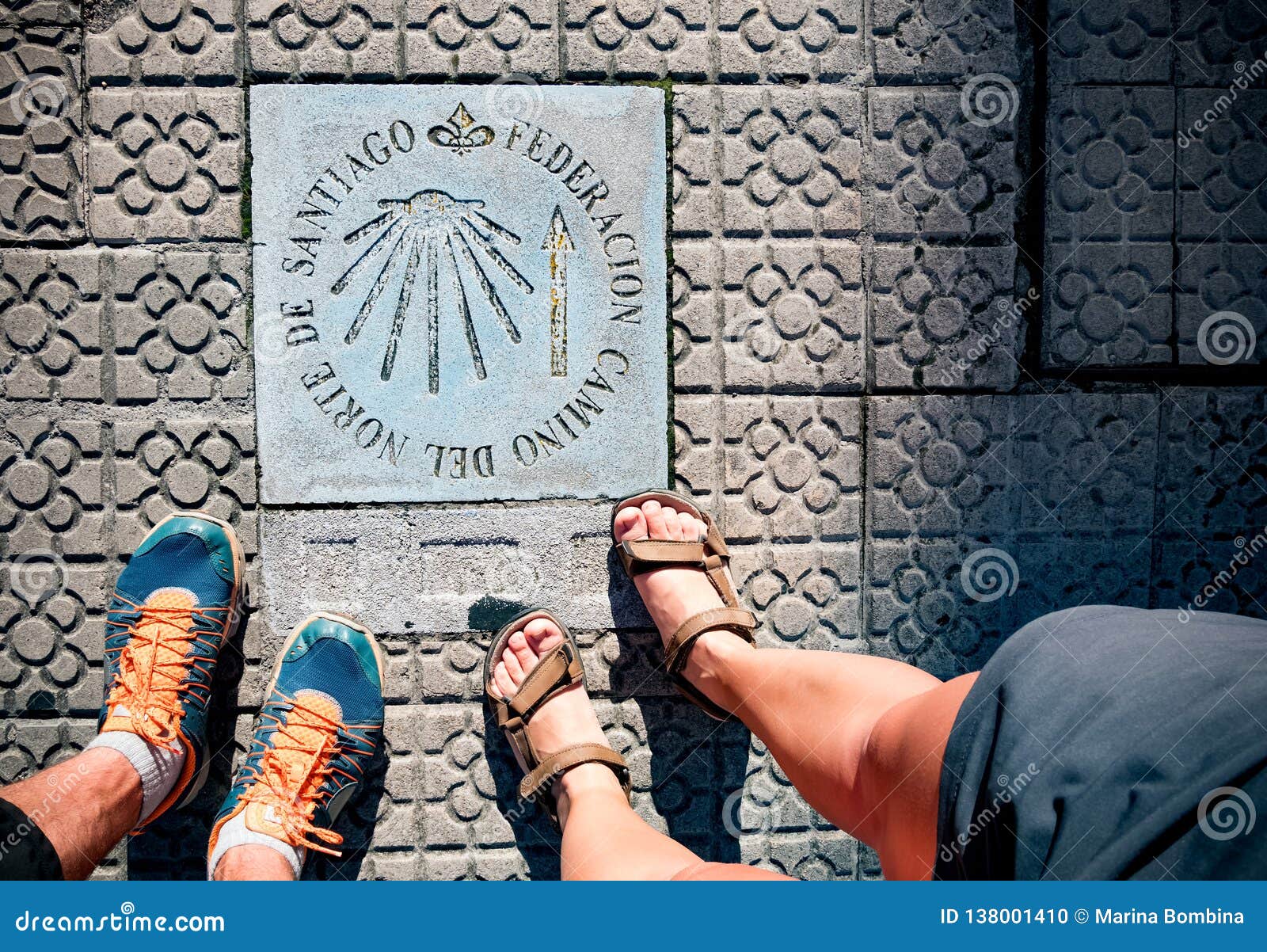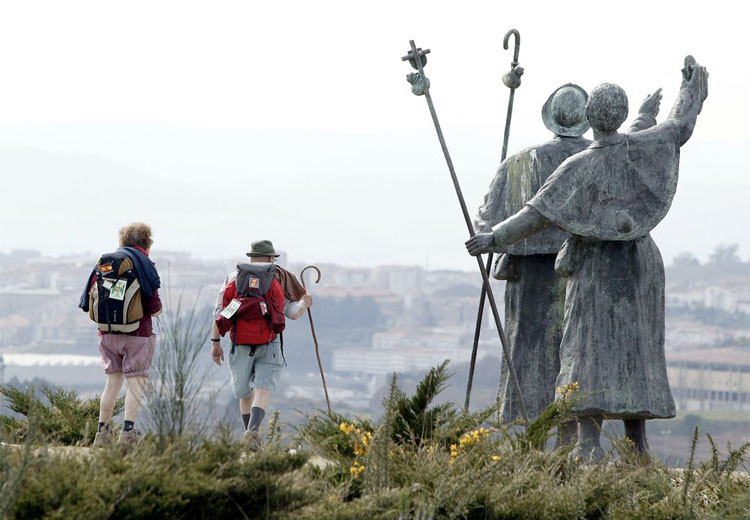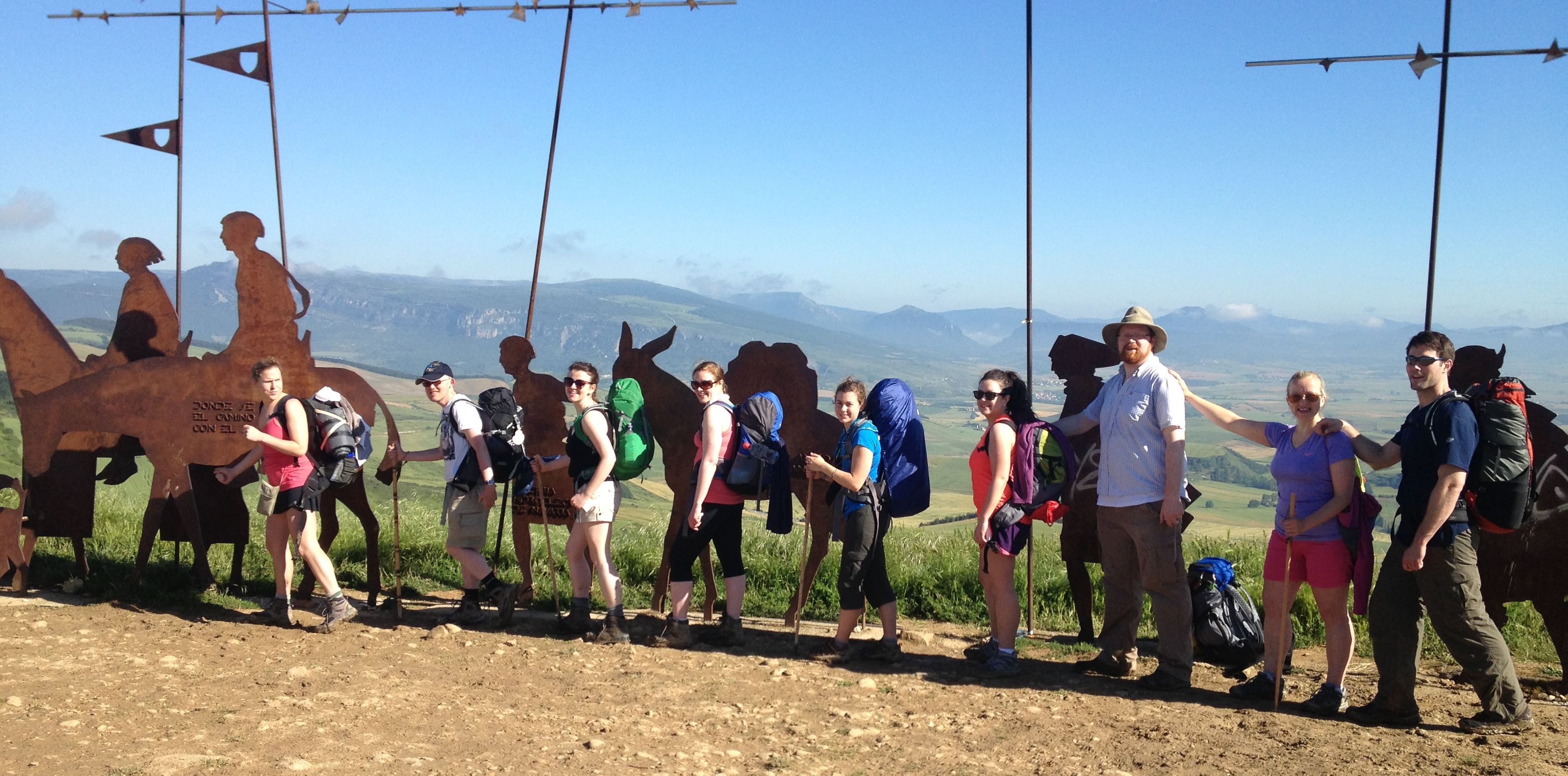

He will hold your box for 60 days at a storage area near the cathedral and even deliver it to your hotel or hostel when you arrive.The Camino de Santiago is an ancient pilgrimage of great historical, cultural and spiritual significance which continues to be shared by pilgrims from all walks of life. Bringing extra gear to Spain and then shipping it to Santiago is the cheapest option.Ī pricier but more convenient option is to ship a box to Ivar Rekve, a longtime champion of the Camino. They say they only hold them for two weeks, but they’re known to be sympathetic to slow-moving pilgrims.

The Spanish Postal Service, as noted above, can not only forward your bags from place to place but also hold general delivery boxes in Santiago. Shipping a box ahead is a good way to resupply, especially if you’re continuing to travel. You can have a box waiting for you.Īfter four or five weeks of walking and hand washing, you might want to change your clothes in Santiago. The Camino Forum is a wealth of information on the Camino in general and a good place to look for closure updates. Note that the cathedral is being restored in preparation for 2021 Holy Year Celebrations, so sections might be closed off.

For security reasons, you can’t take your backpack in, but you can store them for a couple of euros at the Pilgrim House Welcome Center.

You need to line up early to get a seat for Pilgrim’s Mass at the cathedral in Santiago. These stops will likely only have a tavern or two to entertain you, but with a good group of pilgrims, that’s plenty. Most guidebooks recommend stopping in the bigger towns because there are more albergues and services, but if you go just a little “off-book” you can find amazing little villages. Your guidebook doesn’t control your Camino. Hospitalero/a: the person running the albergueħ.Privado: a privately run albergue, spanning the gamut of luxury and price.Municipal: a city-run albergue, often the cheapest and most basic option.Parroquia: a church-run albergue, some offer mass or a blessing.Albergue: hostel-like accommodation exclusively for pilgrims.Buen Camino: catchall pilgrim greeting that can be used as “hello” or as an alert that you’re passing someone.Whereas in May and June, the crowd is more international, and in the winter months, the path attracts serious walkers. In August, for example, many Spanish families walk sections of the Camino during their kids’ school vacations, and the path takes on a family holiday vibe. Weather is a factor, but it’s possible to walk the French Way year-round. Pilgrims who made the mistake of hauling camping gear over the Pyrenees dump the extra weight at the table once they realize they’re unlikely to use it, leaving a mini-REI for people to scavenge over. Proof of this can be found on the “free table” in Roncesvalles, the typical first-night location on the Camino Frances. If anything, it would probably prove more of a hassle finding a place to camp than paying for one of the cheap pilgrim accommodations. The Camino is not the Appalachian Trail or PCT you don’t have to be self-sustaining. It’s even possible to book relatively comfortable, and inexpensive, hotels along the way or use a baggage forwarding service like the one offered through the Spanish Postal Service to forward your bags from place to place. You don’t need any technical hiking skills or superhuman endurance. The French Way holds a few strenuous climbs and a couple of long stretches without services, but reasonably fit people should have no major trouble. Whether you’re looking for beach views, a more strenuous hike, or solitude, one of these paths might suit you better than the popular Camino Frances. All of these paths attract pilgrims looking for a different experience. In Spain, the Camino del Norte runs along the north coast of Spain in Basque Country the Primitivo, the original Camino route, runs farther north than the Camino Frances since much of Spain was under Moorish control when it was established hundreds of years ago and the Via de la Plata from southern Spain is the longest of the routes. The second most popular path is the Camino Portuguese, running north from Lisbon or Porto. Stretching from the French border, over the Pyrenees, across Quixote’s windy plains, and ending in the soggy, green hills of Galicia, the French Way is by far the most popular route to Santiago - but it’s not the only one. When people talk about the Camino, they’re usually referring to the Camino Frances, the French Way.


 0 kommentar(er)
0 kommentar(er)
